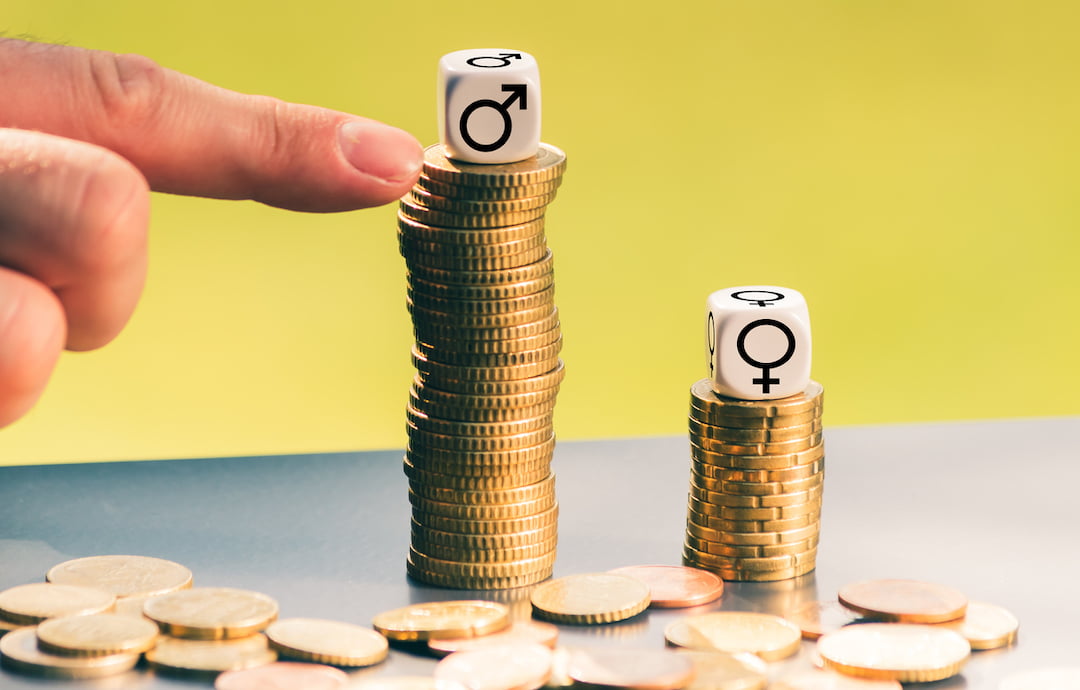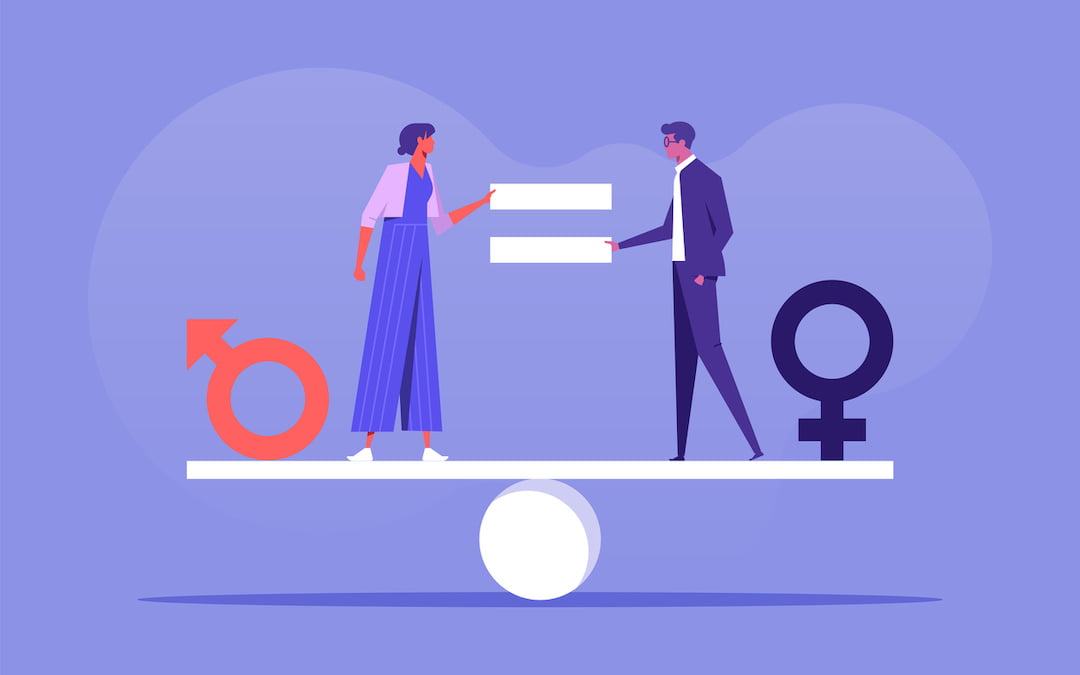A new reform will allow workers to access their employer’s gender pay gaps.
Beginning in 2024, the reform comes as part of the Workplace Gender Equality Amendment (Closing the Gender Pay Gap) Bill 2023, which was received in Federal Parliament on 30 March. The bill makes amendments to the Workplace Gender Equality Act 2012, and seeks to tackle sexism and inequality in Australia.
It’s an exciting step towards gender equality and highlights the tireless efforts of Australians to make change in our country.

Precarious pay
The gender pay gap evaluates the way we value working men and women by comparing the average pay for both genders in similar organisations, industries and sectors. It’s calculated as a percentage, revealing an average difference in the wages of men and women across the country. Currently, the gender pay gap in Australia is 22.8 percent, with women making up just over 20 percent of our CEOs.
These surprising statistics highlight the disparity still evident in our workforce, one the new legislation attempts to address. It will do this by requiring all employers in the private and Commonwealth public sectors to publish their pay gaps with the Workplace Gender Equality Agency (WGEA). So far, this covers around 40 percent of all national workforces.
According to Mary Woolridge, WGEA CEO, this bill is an example of the tireless work of many senators and powerful female leaders who are working for a brighter future.
“For the first time, from 2024, employees will have access to the key indicator of how their organisation is performing on gender equality.”
“Employees and prospective employees are placing high value on jobs that support gender equality.”
The reform will allow individuals to easily discover the policies and priorities of their office, enabling them to make more informed decisions about where they want to work. It holds businesses accountable for their actions, and emphasises the need to fight for gender equality in all aspects of daily life.
So, what actually is the bill? And how will it help to reduce the pay gap?

Admission and accountability
The new reform was introduced to the Senate on 8 February 2023, building on withstanding legislation from 2012. As well as requiring businesses to publish their pay gap statistics, it also allows employers to provide statements explaining their gender pay gap results and describing their plans for action.
“This is an opportunity for employers who may have been slow to prioritise gender equality to get serious about change,” says Mary.
While prospective employees will be able to access current statistics, companies will also have the chance to speak to their aspirations and goals for the future. This means Aussie employers will be held accountable for change in their business. The better their plan of action, the more workers they will attract.

This bill follows steps taken by other nations such as the UK, where publishing pay gaps has been a powerful motivator for change. In fact, it has been found that releasing these statistics often leads to quick and stronger action, as individuals are motivated to choose companies who prioritise equality and opportunity.
But while this is an important step, gender equality can’t happen overnight. WGEA acknowledges more work needs to be done to achieve equity. In order to create lasting change, the bill will also require companies with over 500 employees to implement strategies to tackle six gender equality indicators. Plus, further education and conversation will increase public engagement on this vital issue.
It’s a great step towards gender equality in Australia, one that will have an impact on all industries by empowering individuals to make employment decisions that fit with their values.
To create long-lasting change, it’s down to each of us to keep the conversation going. To accept only what we’re worth. And to fight for what we believe in.
To learn more about the fight for gender equality in Australia, click here.

